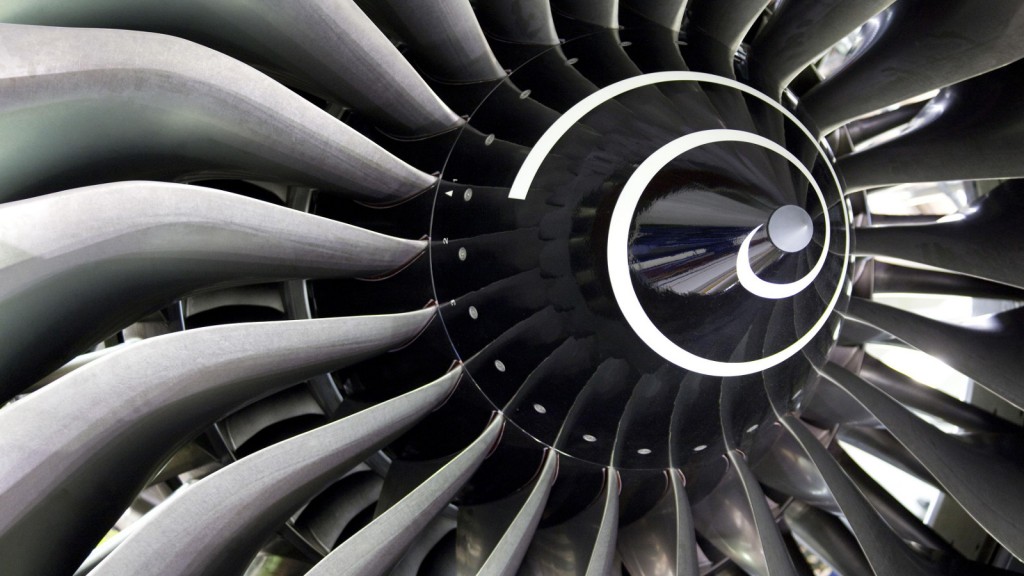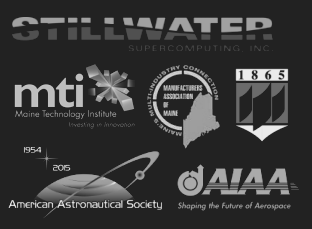Peregrine Turbine Technologies, a Maine-based company, is developing a new turbine engine, based on a novel cycle concept, that utilizes SCO2 (Super Critical Carbon Dioxide) and provides for a unique heat/energy recapturing technique. In support of Peregrine’s efforts, Maine Aerospace Consulting (MAC) is designing, developing and testing algorithms and systems to manage and operate the Peregrine Turbine state control and estimation functions.
The Peregrine turbine is a novel power generation system, with SCO2 as the primary working fluid and a new recuperation approach which recaptures heat energy that would otherwise be lost to the environment and returns it to the turbine. This approach results in marked improvements in engine efficiency and reduced fuel usage. The Peregrine turbine consists of multiple control elements such as flow diversion valves, cooler devices, fuel flow valves for combustion control, and flow volume inventory control. The control system must optimally command the actuators and servos associated with these control elements so as to produce the targeted power output, while simultaneously constraining other states to limits and reference values. So as to provide optimal state estimates for a range of key turbine stations (such as compressor inlet pressure and temperature, or combustion outlet temperature), MAC is designing a digital state estimation filter. The state estimator (such as a Kalman Filter), in conjunction with a Linear Quadratic Regulator (LQR), will comprise a classic Linear Quadratic Gaussian (LQG) control solution for the inner-loop of the Peregrine turbine.
In addition to the LQG inner-loop, MAC is developing a turbine health monitoring and diagnostics capability to provide a level of robustness that is unmatched in modern turbine design. This feature will allow for continued performance and efficiency despite the implications of engine aging and will provide an autonomous response system in the event of failures for engine safety purposes.
To facilitate the design and development of the control and estimation system, a Simulink-based simulation will be developed. At the center of the simulation is a Numerical Propulsion System Simulation (NPSS)-hosted model of the Peregrine turbine engine. The surrounding Simulink environment contains the control and estimation algorithm blocks, servo and actuation models and measurement sensor models. The same environment will be utilized for linearization and analysis of the multi-input/multi-output (MIMO) system.

